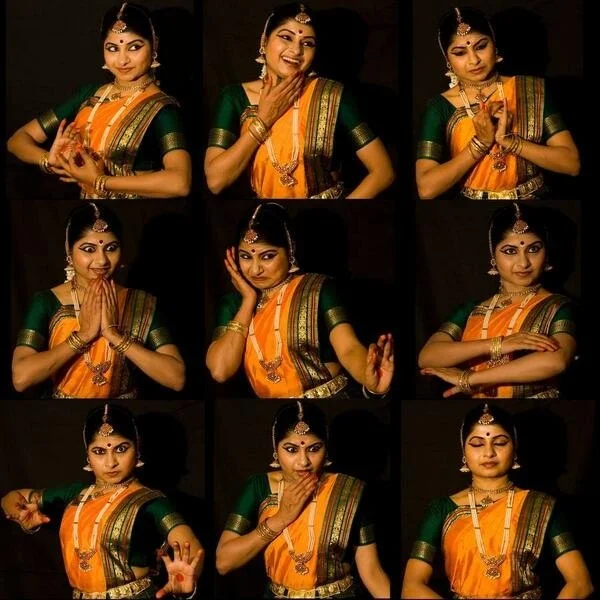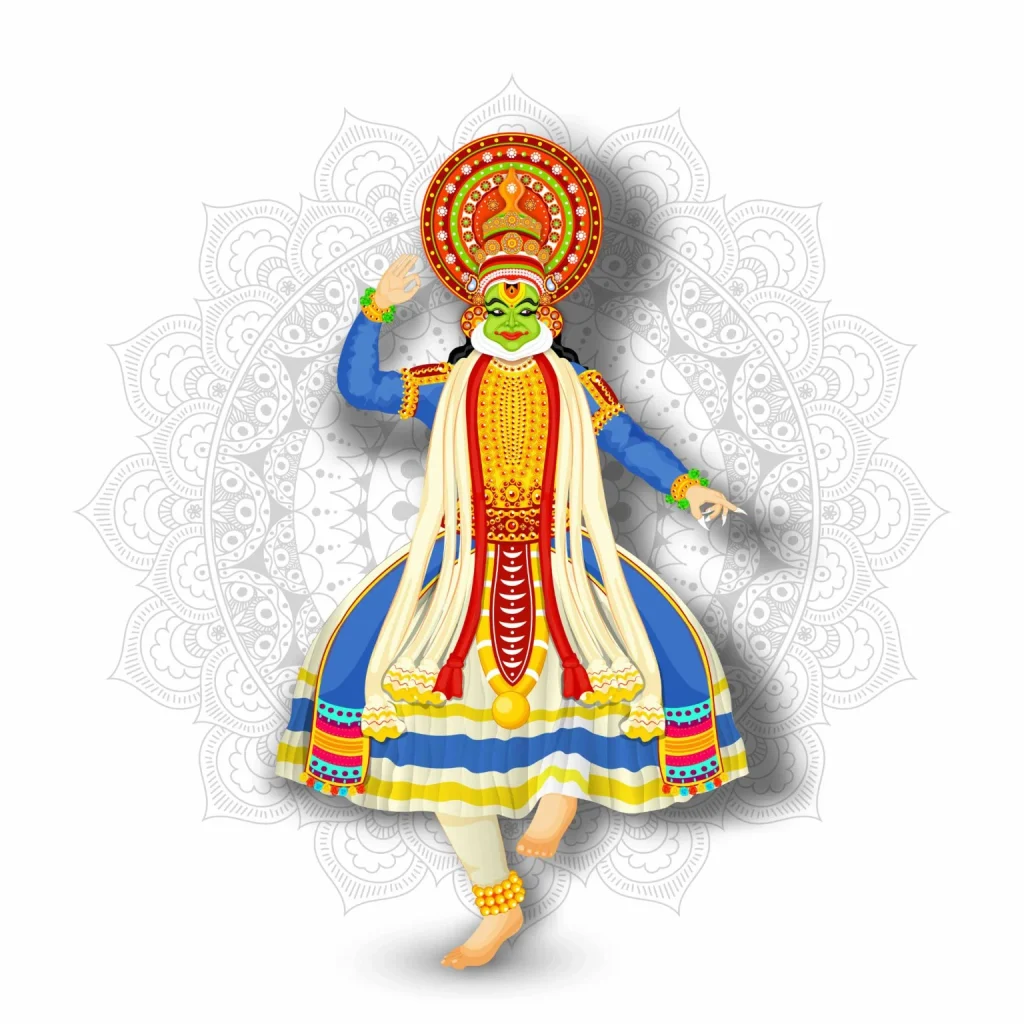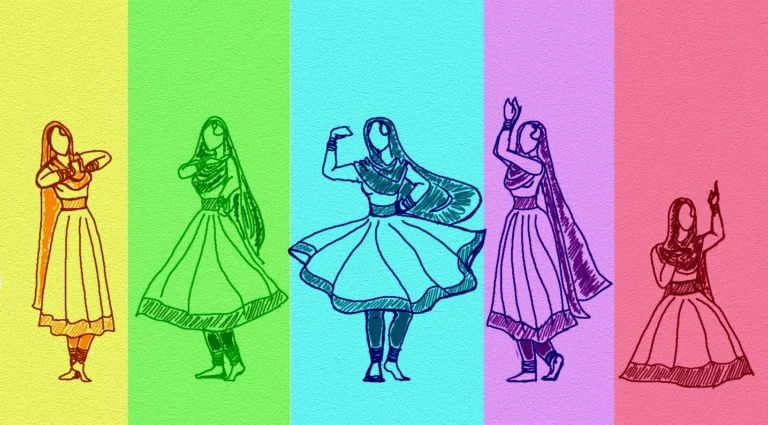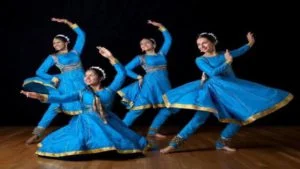Kathak and Bharatanatyam are two significant classical dances from India. While Kathak is from northern India, Bharatanatyam is a dance form that primarily originated in South India. Both Kathak and Bharatanatyam dance forms are equally popular and have distinctive characteristics. These characters of these two dance forms have given them their uniqueness and the ability of one being separated from another. Both these dance forms also have those distinctive features which enable one to differentiate one from the other.
Kathak Unique Features
Kathak is a dance form that originated from northern India and constitutes three main Gharanas. This dance form was spread by the Kathakars or the storytellers. The footwork of this dance form expresses various stories through the dance. This dance form is also characterized by increasing tempos as the dance progresses.
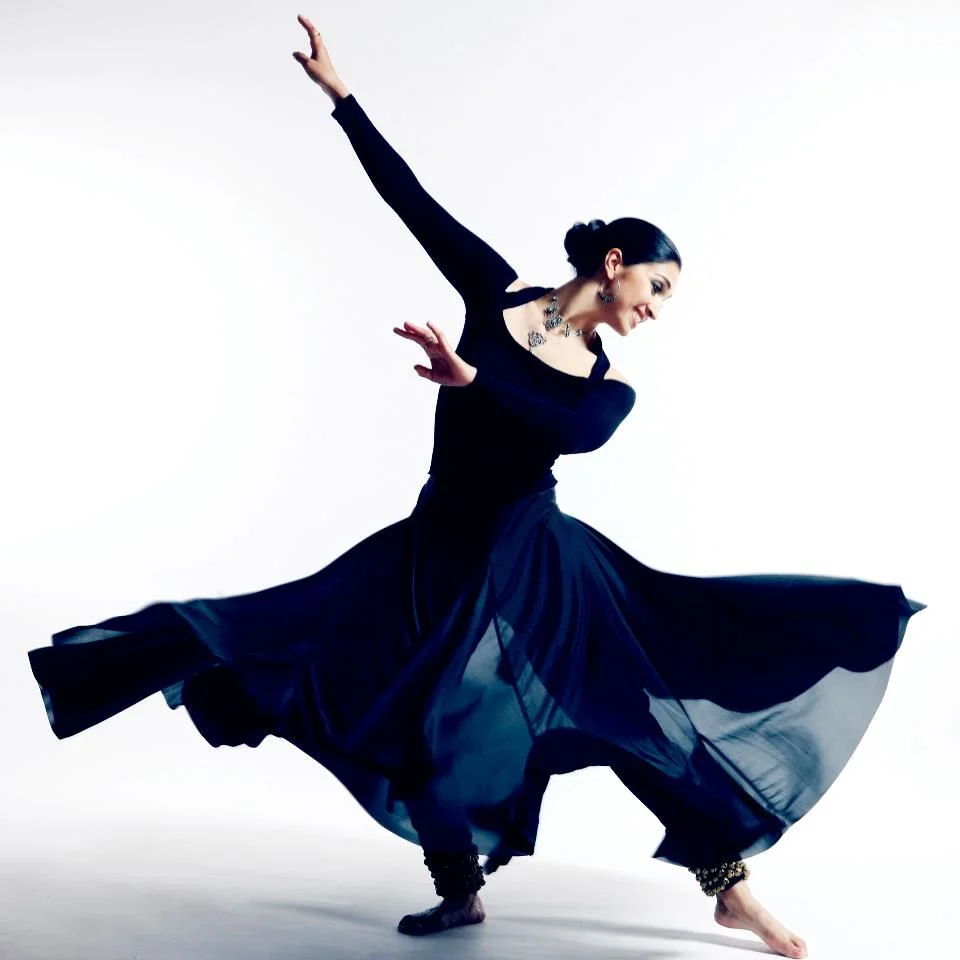
The dance form has few characters which has made it a unique one.
Ishtapada
This is the practice of celebrating the glory and greatness of God through the dance form. This dance form having its origin from Natya shastras has various ways of providing ode and prayers to the Almighty through its beautiful movements and footwork. This dance form developed during the Bhakti period and has been celebrating the greatness of Lord Krishna and Radha.
Thaat
This is meant by a graceful pose that is given to this dance form. “Thaat” is performed in Kathak during the starting of the dance. It gives a proper posture of the legs, hands, waist and the dancer perform the footwork in a slow tempo.
Jatishunya
This means creating the dance moves and the expressions which are the most essential component of this dance form. Without proper movement or facial expression, dance cannot become graceful and elegant. Hence, Jatishunya can be considered to be the most essential step to be learned in Kathak.
Gatibhava
This is the performing of a complete story in the Kathak dance form. The performance of a complete Gatibhava includes the incorporation of various movements, mudras, and leg movements. This also includes performing it with proper laya and rhythm.
Bhava Ranga
This means performing dance dramas that are taken from various literary sources. This involves a story that is surrounded by the stories of male and female performances.
Nrityang
This includes performing Kathak dance following various rhythms and speed. This forms an interesting component of this dance whereby various “bols” are performed from less speed to more speed that is arranged beautifully to make this dance form more attractive.
Tatkar
This means the performing of the Kathak dance in sequential speed from less to more.
Tarana
This means the performance is done with pure dance steps of Kathak dance form.
Kathak is a dance form that is usually performed with great precision of hand and leg movements. This is also an expressive Indian dance form where the understanding and learning of expressions become very important. Kathak is performed along with various Indian musical instruments like the tabla, harmonium, and Majira.
This dance form has a vibrant costume as well which includes the choli, sari, and expressive face make-up.
Bharatanatyam Unique Features
This is a dance form of South India which was previously known as the Sadhir Attam. This dance form has some unique features that gave it a beautiful elegance. This dance form has some basic components which are as follows:
Mudras or the Hand Gestures
This constitutes of both the Samyukta Hastas or Mudras whereby the same mudra is performed in both the hands and the Asamyukta Mudra whereby different mudras are performed in both hands. Hand movements are very necessary for this dance form.
Body Posture
The main characteristics of the Bharatanatyam dance form include its three main body posture. Among these, the characteristic feature is that Bharatanatyam is mostly performed with the knees bent as well as most in a sitting position. This is the basic posture that Bharatanatyam dance comprises.
The Bharatanatyam dance form also has a unique sequence in which it is performed, which are, the Alarippu, Jatiswaram, Shabdam, Varnam, Padam, Tilana, Slokam, and Mandalam. These are the continuous sequences in which the dance is performed.
Adavus
Adavus form the basic dance moves in Bharatanatyam. Any classical dance form depends upon the Adavus of that dance form. In Bharatanatyam also adavus form a very important component that needs to be learned with great perfection. It the inculcation of the basic combination of movement of various parts of the body which is done according to the ‘tala’. It forms the main component in learning Indian dance forms.
Banis
Banis are the various gurus and Gharanas under which the dance form is learned. Hence various Gharanas have some or the other difference and ways in which the dance form is learned.
Bharatanatyam was specifically the dance form that was performed in South Indian temples and constitute ancient cultures and traditions. These dance forms were also performed in royal courts and were known as dancers who used to do it were called the devadasis.
The Navarasa
The Bharatanatyam dance form includes the nine moods which are portrayed with this dance form. These dance form includes communicating the expressions of peace, happiness, sadness, love, disgust, and so on. These facial expressions are very significant in performing the Bharatanatyam dance form. Without these expressions, these dance forms appear lifeless.
The costume of Bharatanatyam is also unique whereby it mainly represents the apparel of a bride in Tamil Nadu. This dance form includes the wearing of a small cloth at the lower portion of the dress which is pleated like a fan. Whenever the postures of Bharatanatyam are performed, especially during the sitting position. The fan-like cloth gives a very nice look and enhances the beauty of the posture. Also, this dance form includes wearing very attractive jewellery which also makes the dance form look vibrant.
Mainly Carnatic musical instruments like mridangam, South Indian veena, flute, the violin is used with this dance form.
Conclusion – Kathak vs Bharatanatyam Differences
The various features of both the versatile classical dance forms bring out vividly the major differences in both the dance forms. Although there are similarities also but from the origination, the posture and in terms of the musical instruments and so on these two dance forms express quite a lot of differences.
Share with your friends
